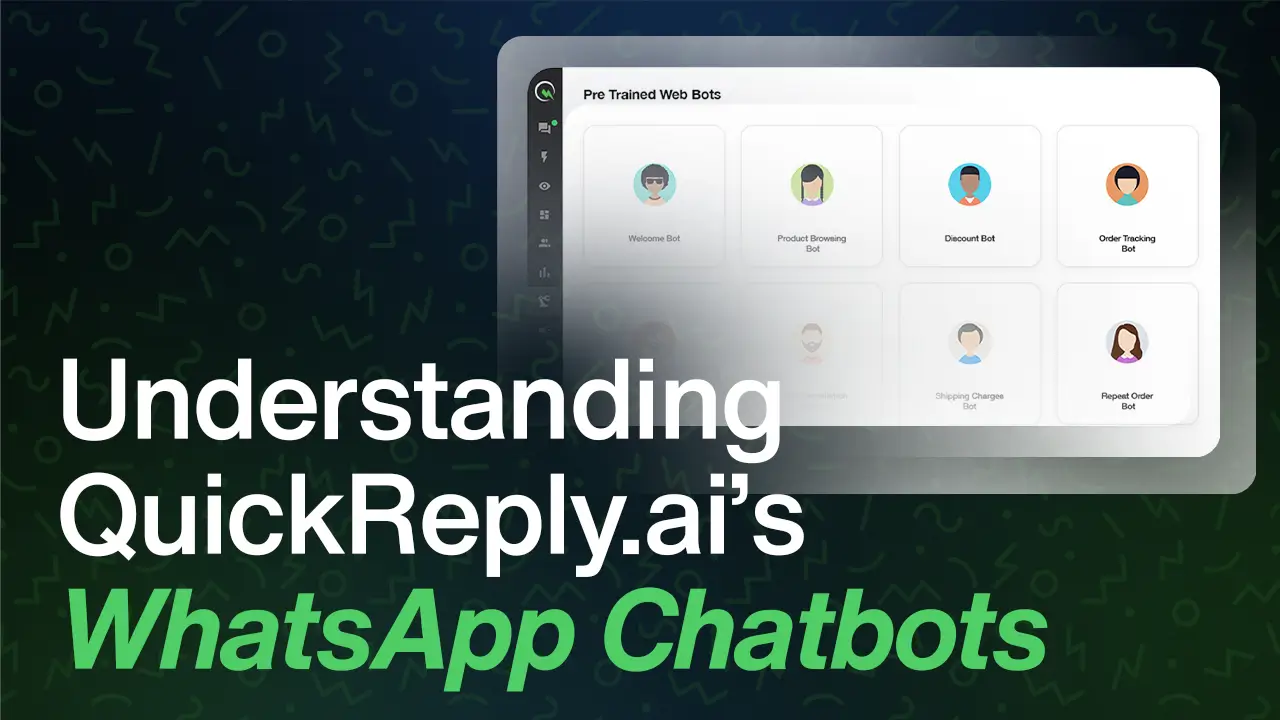What's the distinction between live chat and chatbot?
Live chat adds empathy to support conversations by allowing for human-to-human communication, whereas chatbots improve the support experience by providing instant answers and automating responses to support queries. Live chat and chatbots work together to provide your customers with a high-quality customer support experience.


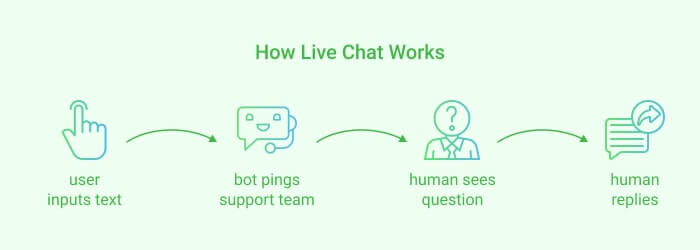


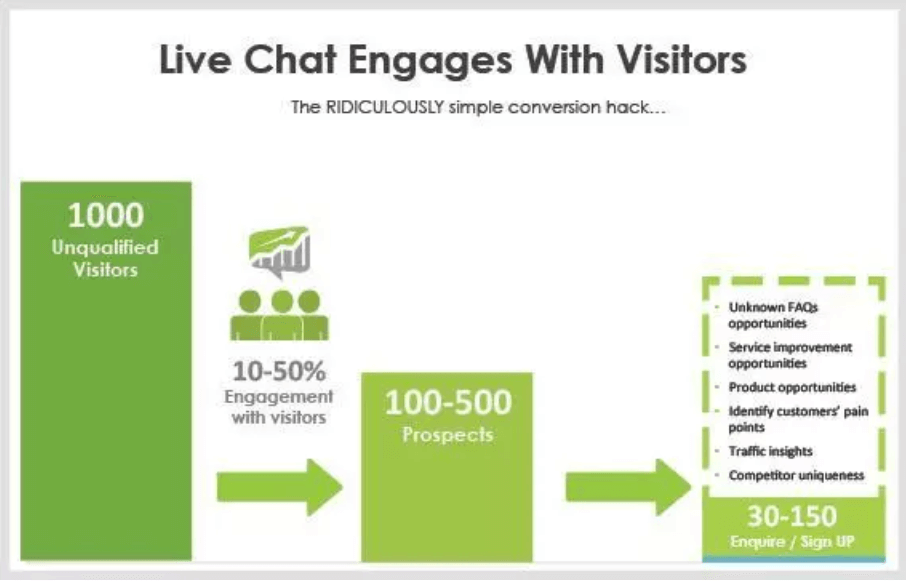

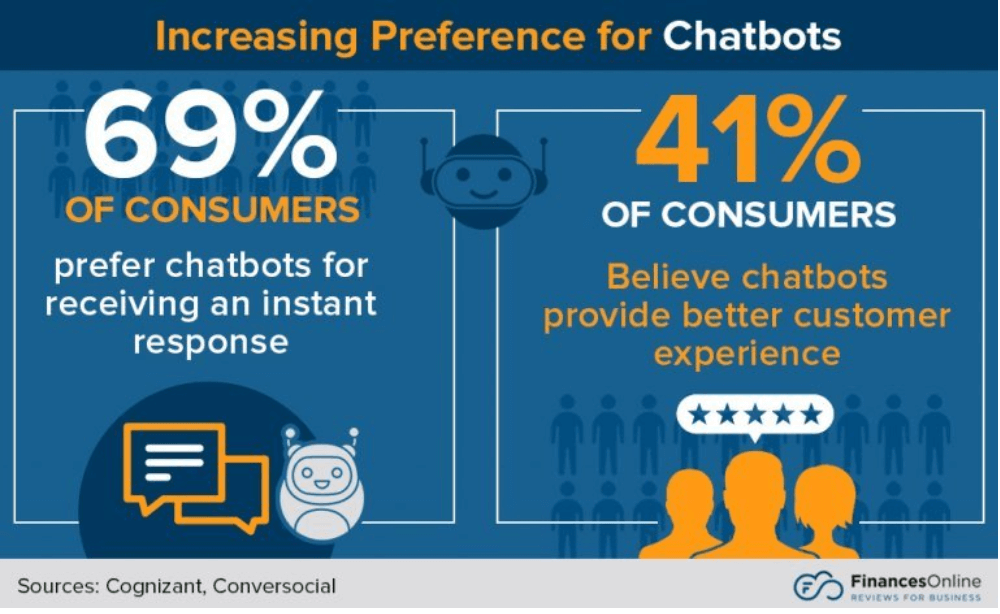

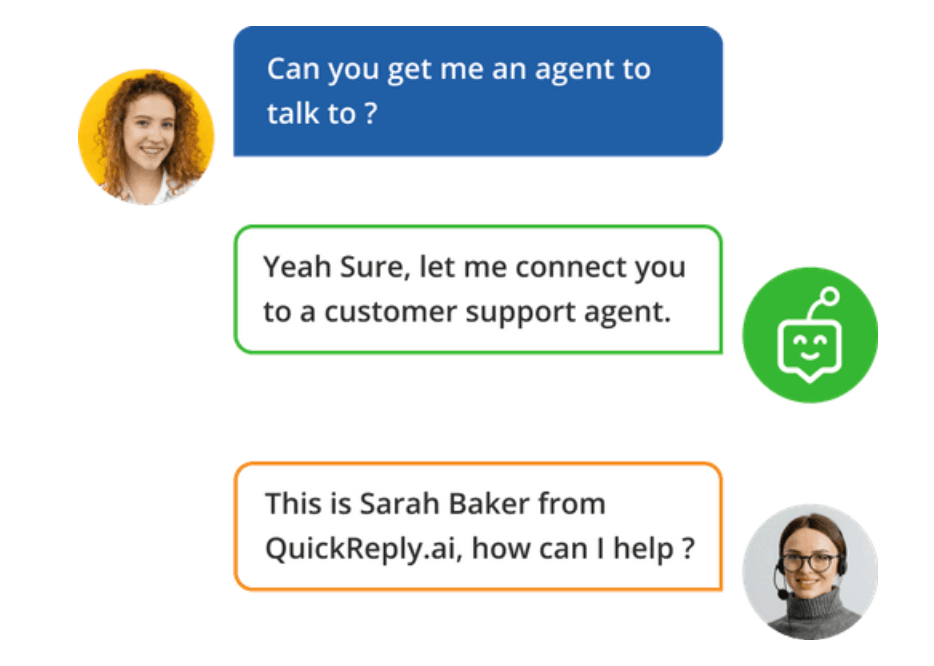


.avif)
.png)
